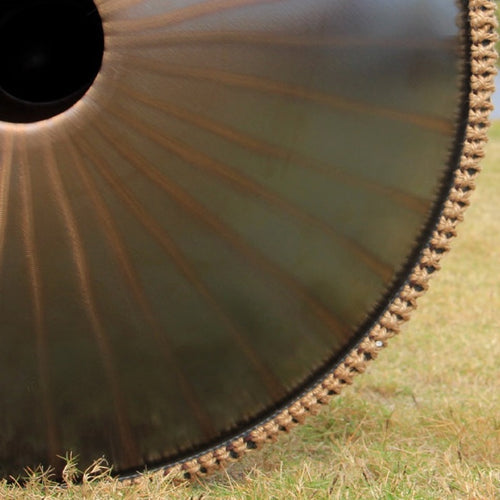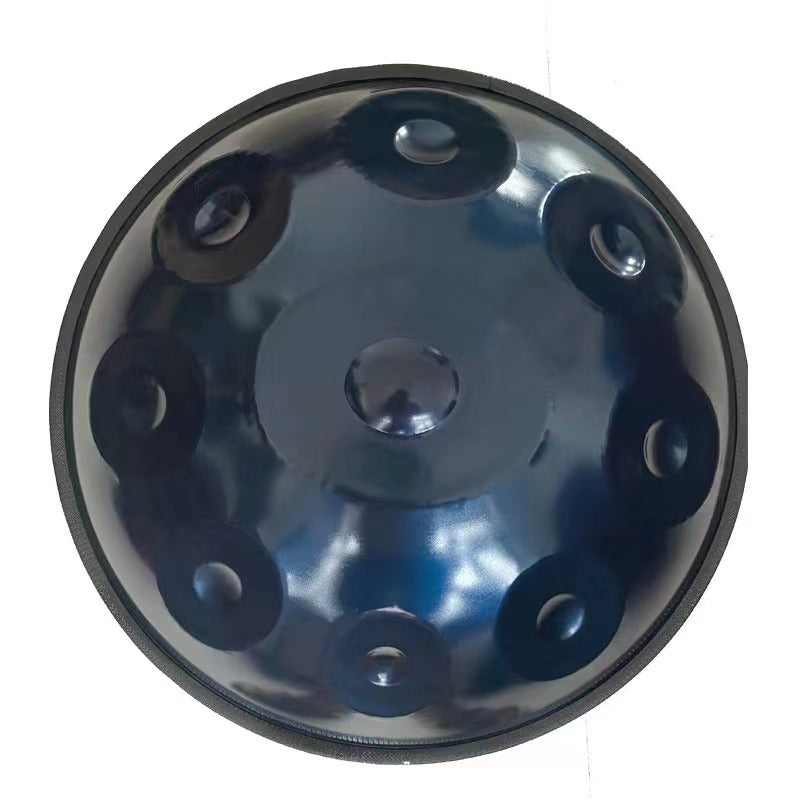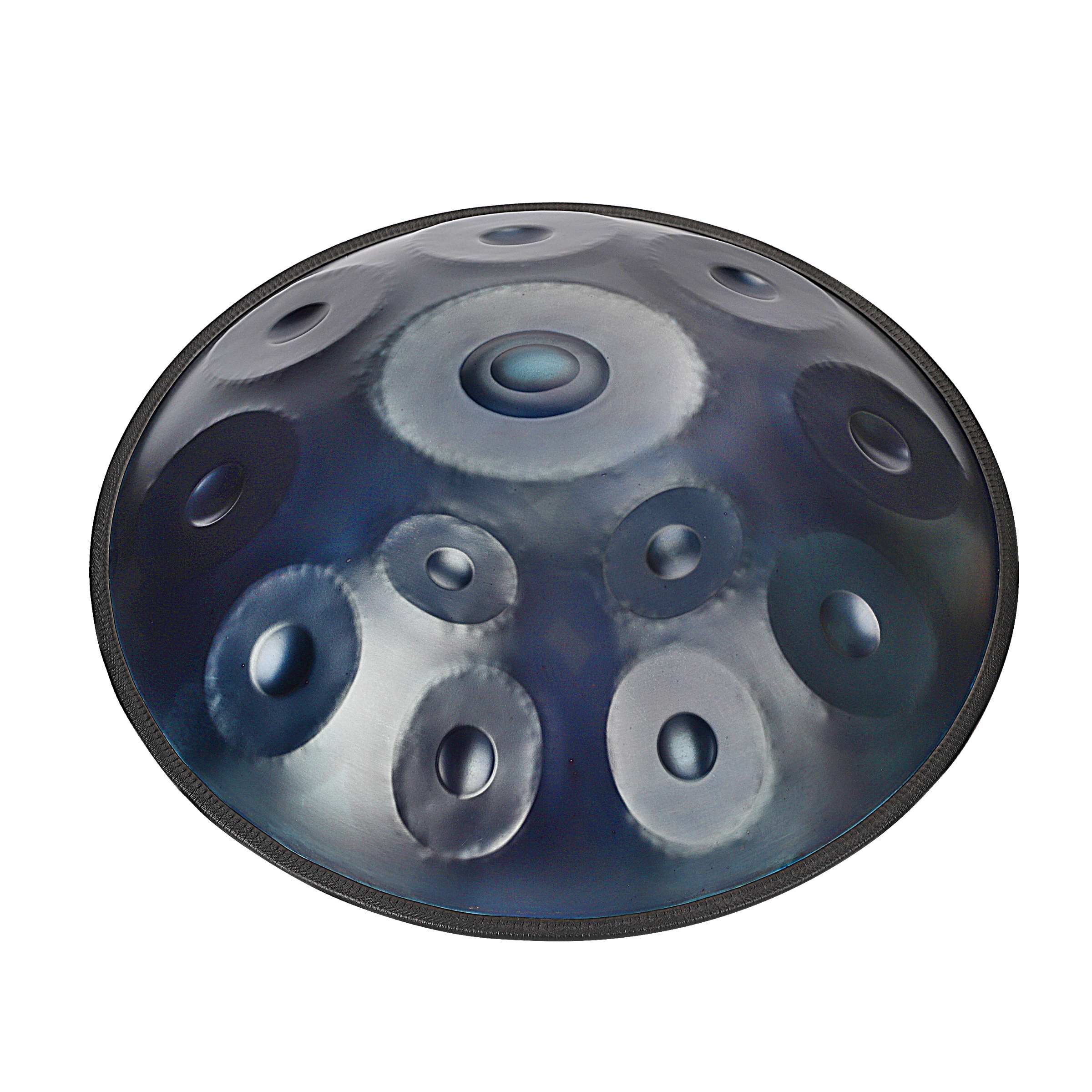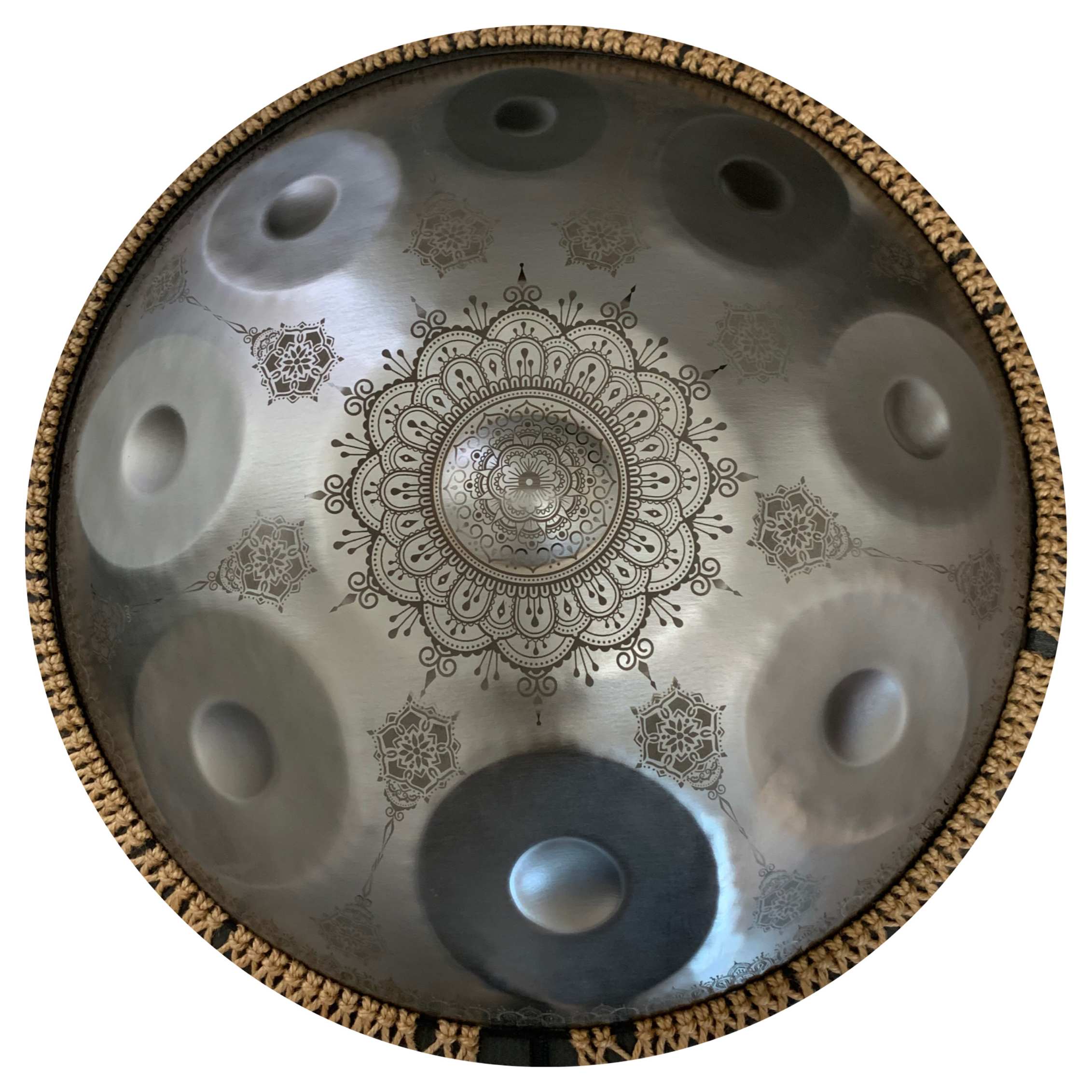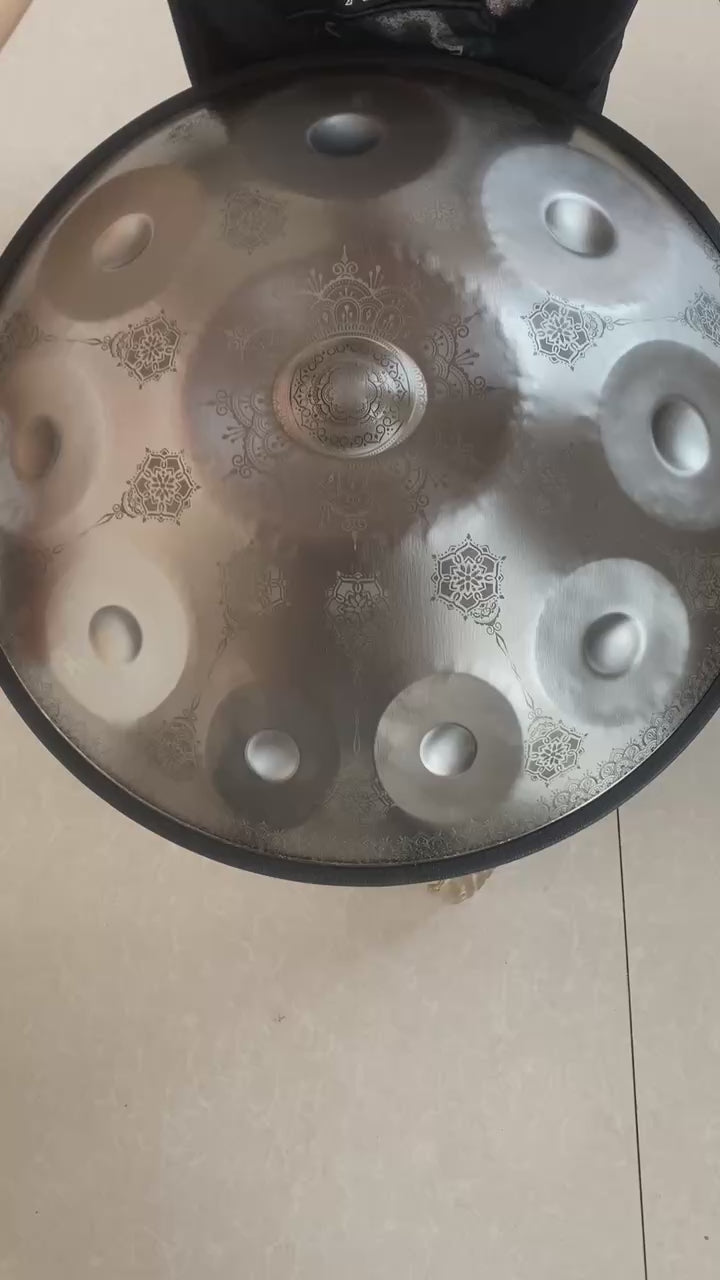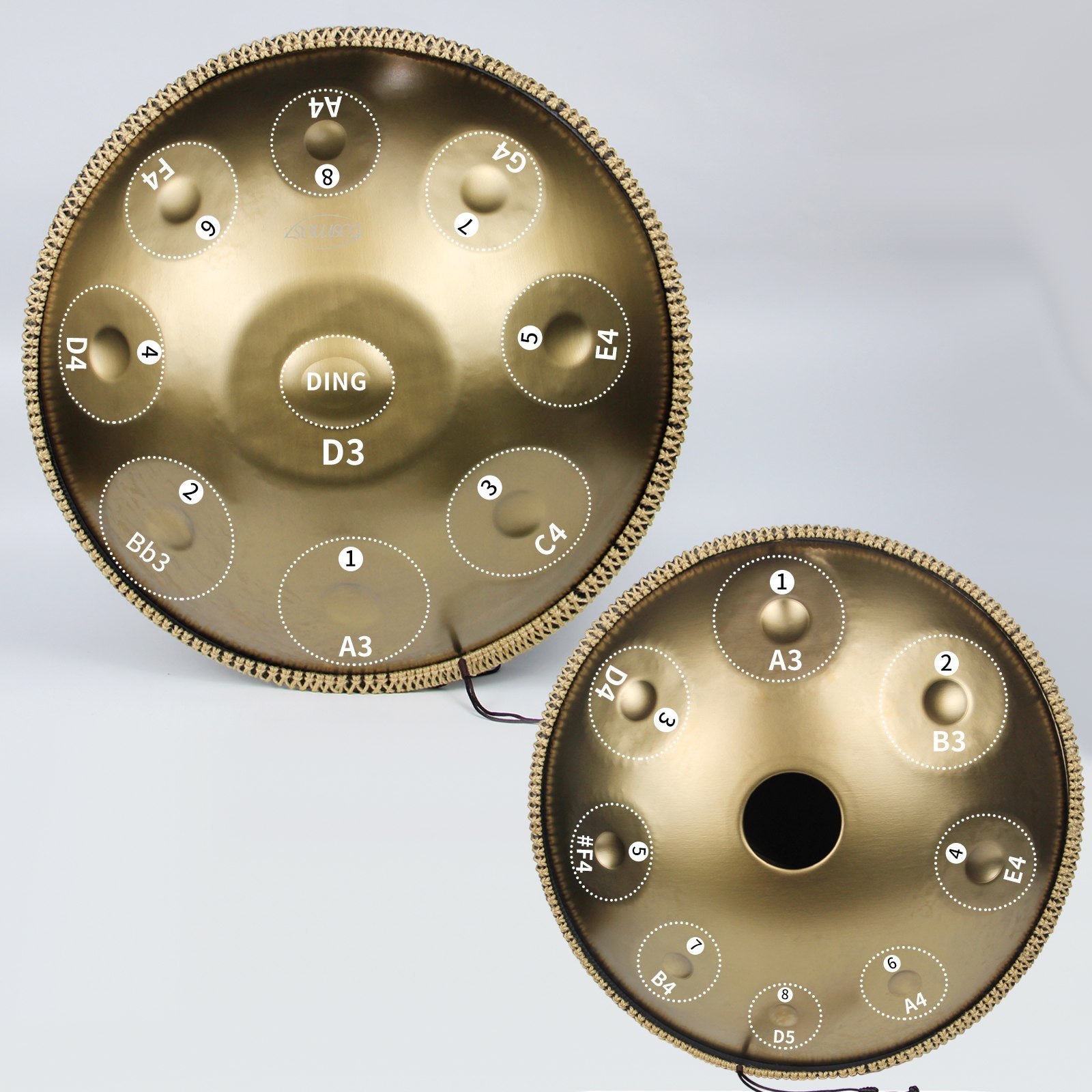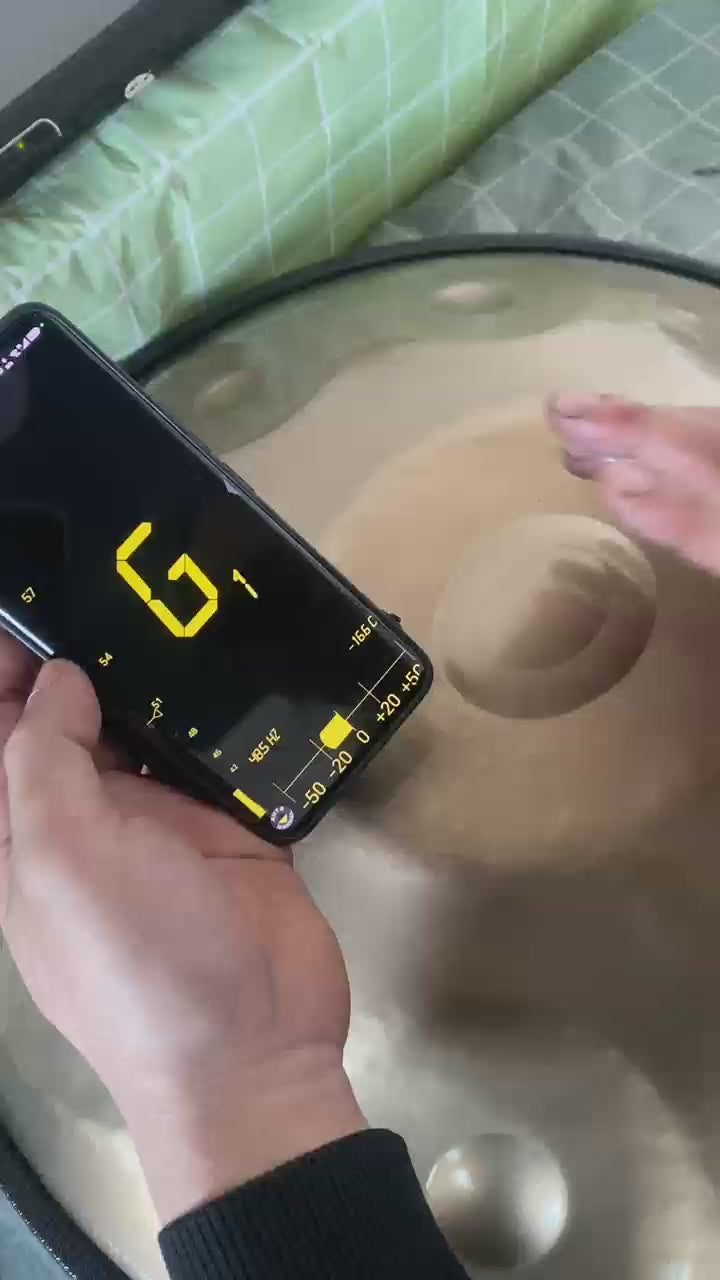
Handpan is a mesmerizing percussion instrument. Its ethereal tone has captivated music lovers worldwide. Hang drum or handpan drum comes in different styles, with two main approaches to playing: percussive and melodic. Each style has its unique charm.
Finding your playing style depends on your taste. Want to create rhythmic patterns? Try the percussive approach. Or do you prefer crafting flowing melodies? The melodic style might be for you.
You are lucky if you are inspired to dive into this magical world. Many options are available online if you are searching for a handpan for sale. In this article, we will explore these two styles in depth. Let’s unlock the magic of the hang instrument together!
Handpan Playing Style: Percussive Approach
The percussive approach to the handpan pan drum is all about rhythm. It focuses on creating detailed beats and patterns, making the instrument work more like a drum. This style highlights the tactile nature of the handpan, using finger drumming, slaps, and taps to produce dynamic, rhythmic sounds.
Key Techniques
Finger Drumming: This technique uses fingertips and knuckles to tap specific areas for varied tones.
Slaps and Taps: It adds accents and sharp percussive sounds.
Rolls: Rapid finger movements create continuous rhythms.
Muted Hits: Gently press one hand on the surface while striking to dampen the sound.
Applications
- Often used in live performances, where driving rhythms energize audiences.
- Works well in ensemble settings, complementing other instruments.
- Ideal for genres like world music, fusion, or even experimental beats.
Why Choose the Percussive Style?
The percussive approach highlights the rhythmic versatility of the handpan. It is excellent for players who enjoy creating grooves or adding layers to a musical composition. If you are drawn to the idea of turning your handpan into a mini drum kit, this style is for you!
Handpan Playing Style: Melodic Approach
The melodic approach showcases the handpan’s ability to produce enchanting, flowing tones. This style emphasizes harmony and melody, making the instrument a tool for emotional expression and storytelling through sound. It is perfect for crafting tranquil and meditative music that resonates with listeners.
Key Techniques
Tapping: Gently strike the specific notes to produce precise, resonant tones.
Gliding: Slide fingers across the surface for smooth transitions between notes.
Muting: Softly press the handpan while playing to create subtle, dampened effects.
Dynamic Control: This approach includes adjusting pressure and speed to shape expressive melodies.
Applications
- It is ideal for solo performances, allowing players to explore the instrument’s full tonal range.
- Frequently used in meditation, yoga sessions, and sound healing due to its calming effects.
- Great for composing serene, ambient pieces or improvising melodies on the spot.
Why Choose the Melodic Style?
The melodic approach highlights the handpan’s soul-stirring potential. It naturally fits players who enjoy creating relaxing, atmospheric music. If you love the idea of weaving soft melodies that enrapture listeners to another world, this style will feel like home.
Comparing the Two Styles, Percussive vs. Melodic Approaches
There are two different methods to discover the handpan’s magic: the melodic approach and the percussion approach. Each adds a distinct flavour to the instrument, catering to various musical tastes and goals.
Focus
Their focus is the central aspect of the difference between the two styles. The handpan is used as a drum to produce beats and grooves in the percussion approach, which focuses on rhythm. Sharp, dynamic blows are emphasised to create dynamic soundscapes.
On the other hand, the melodic method places more emphasis on harmony and tone. It creates calming melodies that arouse feelings while bringing out the ethereal aspect of the instrument. This approach creates flowing, meditative music by utilising the handpan’s entire spectrum of resonant notes.
Physicality
Percussive approaches are more strenuous, requiring quick motions and more powerful blows. To maintain tight and steady rhythms, players require control and endurance.
Meanwhile, melodic technique places a strong emphasis on dexterity. To guarantee tone purity, gentle tapping and sliding call for a softer touch and meticulous accuracy.
Sound Characteristics
The percussion method creates aggressive, driving rhythmic patterns that resemble drums. For lively, high-energy shows that excite audiences, it is perfect.
The melodic approach produces calm, harmonious soundscapes. It is ideal for ambient music, meditation, and solo performances. Listeners are put in a calm, almost otherworldly state by these tones.
Techniques and Playing Styles
Percussive techniques create complex rhythms, and musicians employ rolls, slaps, and finger drumming. Rapid finger movements produce continuous rhythms, whereas muted taps add texture by reducing the tone.
In contrast, melodic playing uses gliding fingers for fluid transitions, muting for dynamic effects, and light tapping to create distinct tones. Players concentrate on using a gentle, controlled touch to shape expressive tunes.
Improvisation
In percussive style, developing rhythmic intricacy is a common aspect of improvisation. Players can change accents, add or subtract beats, or use syncopation patterns to keep the rhythm interesting.
However, in melodic style, the main goals of improvisation are to experiment with dynamics, phrasing, and scales. On the fly, musicians can try combining notes to create new tunes.
Cultural Influences
Global percussion traditions, such as Middle Eastern darbuka beats or African djembe rhythms, inspire the percussion approach. These inspirations give the handpan drum a sense of world music.
The melodic style is influenced by ambient, classical, and even movie soundtracks. Those interested in emotional depth and tone exploration will find its flowing approach appealing.
Blending the Styles
Blending melodic and percussion elements gives many handpan players the best tone. Using hybrid techniques, rhythmic patterns can support compelling melodies, resulting in a deeper, more layered sound. A musician might begin with a steady rhythm before introducing a melody that melds well with the beat.
This combination is particularly well-liked during live performances, as the way melody and rhythm interact keeps the audience interested. It also demonstrates the handpan's complete spectrum of capabilities, which makes it an incredibly adaptable instrument.
Conclusion
Each style—melodic and percussion—has its charm and beauty. Your tastes, musical aspirations, and creative vision will all influence your choice. Try out both styles to see which one suits you best.

